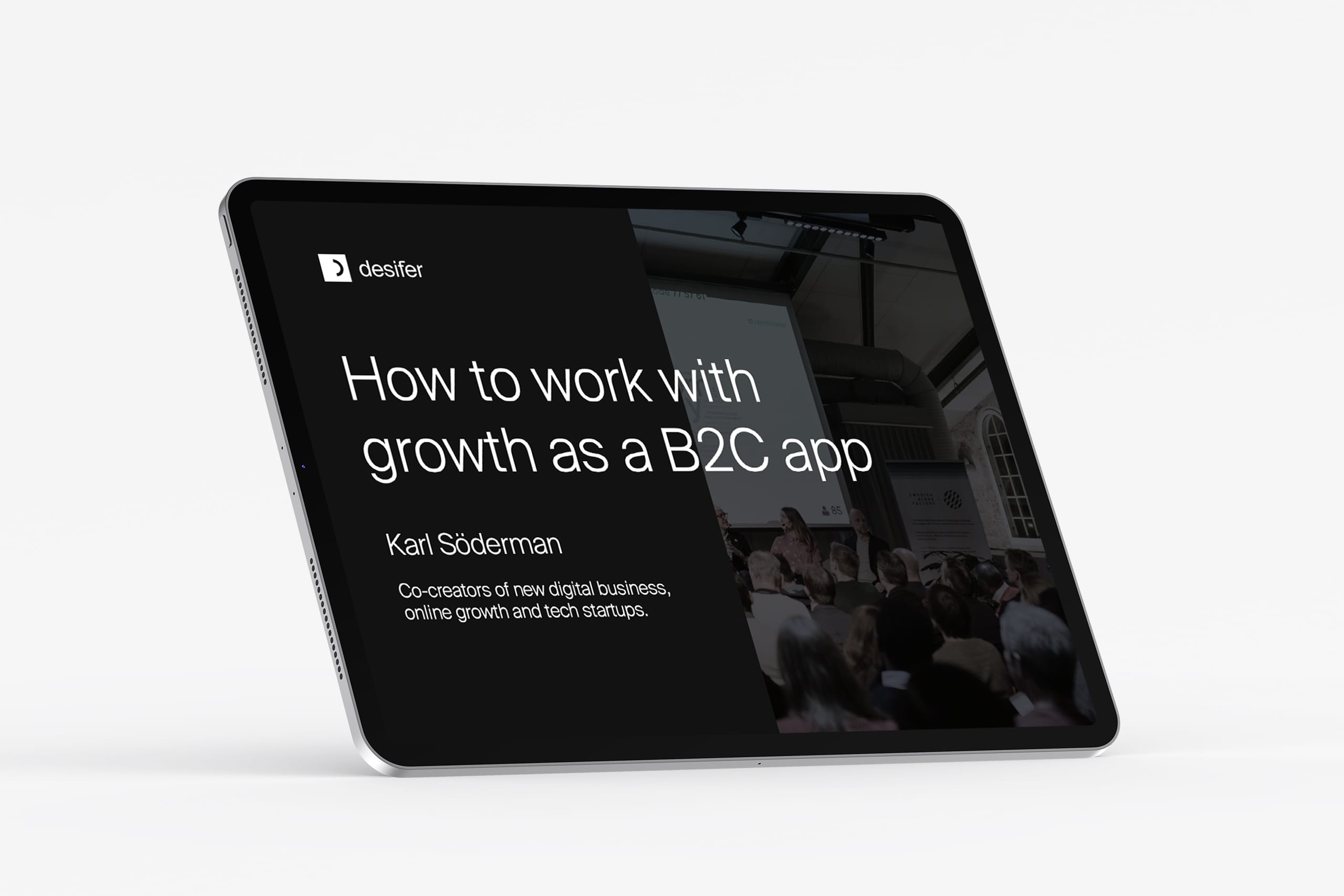Product
Written by Joel Sunnehall
January 4, 2024
Product management in the age of AI-centric products: A detailed exploration
The integration of Artificial Intelligence (AI) into product development has significantly transformed the role of product management. This transformation requires a new set of skills, approaches, and methodologies. Here, we explore the key differences between traditional and AI-centric product management, providing a detailed analysis of each aspect.
Traditional vs. AI-centric product management: Key differences
| Aspect | Traditional Product Management | AI-Centric Product Management |
|---|---|---|
| Focus | Balancing user needs, market trends, and business goals. | In addition to traditional focus, heavily reliant on data-driven insights and AI capabilities. |
| Development Approach | Linear and relatively predictable development cycles. | Experimental and iterative, more of an “innovation approach”, with a focus on model training and data management. |
| Decision Making | Based on market research and user feedback. | Data-driven, leveraging predictive analytics and AI algorithms. |
| User Experience | Defined by interface design and functionality. | Enhanced by AI-driven personalization and interaction. |
| Team Composition | Cross-functional teams with software developers, designers, etc. | Adding data scientists, ML engineers, and AI ethics experts. |
| Ethical Considerations | Primarily focused on user privacy and data security. | Encompasses also AI ethics, algorithmic bias, and responsible AI use. |
| Product Lifecycle | Incremental updates, feature additions. | Continuous evolution, model retraining. |
| Cost Management | Traditional budgeting for development and marketing. | Includes significant investment in data acquisition, processing, and AI talent. |
| Stakeholder Management | Managing expectations based on market trends and product features. | Educating stakeholders about AI capabilities, limitations, and probabilistic outcomes. |
| Risk Management | Focus on market and operational risks. | Includes risks associated with data quality, model accuracy, and AI interpretability. |
In-depth analysis of key differences
Focus: Expanding beyond traditional boundaries
In traditional product management, the focus is primarily on understanding and balancing user needs, market trends, and business goals to create a product that meets market demands. This involves a combination of market research, user feedback, and business strategy.
In contrast, AI-centric product management includes all these traditional aspects but goes a step further by integrating data-driven insights and AI capabilities into the core of the product development process. This means that in addition to understanding market trends and user needs, AI-centric product managers must also deeply understand and leverage the capabilities of AI technologies. They use data not just for informing decisions but as a fundamental component of the product itself. For example, an AI-centric product might use machine learning algorithms to personalize user experiences, predict user behavior, or automate certain functions, which are capabilities beyond the scope of traditional product management.
Therefore, the focus in AI-centric product management is broader and more complex. It encompasses the traditional elements of product management while also requiring a strong emphasis on understanding and utilizing AI and data analytics to enhance the product’s value proposition and functionality.
Development approach: Embracing experimentation and data
The development process in AI-centric product management is characterized by its experimental nature, revolving around data and machine learning models. This approach requires continuous testing, data analysis, and model refinement, contrasting with the more linear and predictable cycles of traditional product management.
Decision making: Leveraging data and AI
In AI-centric product management, decision-making is heavily influenced by data analytics and the outputs of predictive AI models. This data-driven approach allows for more nuanced and informed decisions compared to the traditional reliance on market research and user feedback.
User experience: Enhanced by AI
AI-centric products often offer a more personalized and interactive user experience. AI-driven features like recommendation engines and adaptive interfaces create a more engaging and tailored user experience than traditional interface design and functionality.
Team composition: Diverse expertise
AI-centric product management teams include not only traditional roles like developers and designers but also data scientists, machine learning engineers, and AI ethics experts. This diverse expertise is essential to address the unique challenges of AI product development.
Ethical considerations: Navigating AI ethics
AI-centric product management must address complex ethical considerations, including algorithmic bias and responsible AI use. This goes beyond the traditional focus on user privacy and data security, encompassing broader ethical implications of AI technologies.
Product lifecycle: Incremental vs. continuous evolution
In traditional product management, the product lifecycle is characterized by incremental updates and feature additions. These changes are typically planned and rolled out in stages, often based on user feedback, market research, and technological advancements. This incremental approach allows for steady, controlled development and release cycles.
In contrast, AI-centric product management demands a more dynamic and continuous evolution of the product. Due to the nature of AI and machine learning, products need regular updates not just for features, but also for the underlying models and algorithms. This includes frequent iterations for model retraining, data updates, and adaptation to new insights, ensuring the product remains effective and relevant in rapidly changing environments.
Cost management: Balancing AI investments
Managing costs in AI-centric product management involves significant investment in data acquisition, processing, and specialized AI talent. This is a departure from the traditional budgeting norms focused mainly on development and marketing.
Stakeholder management: Educating on AI
AI-centric product management involves educating stakeholders about the capabilities and limitations of AI, including the probabilistic nature of AI outcomes. This is crucial for managing expectations and differs from traditional stakeholder management, which focuses more on market trends and product features.
Risk management: AI-specific risks
In addition to traditional market and operational risks, AI-centric product management must address risks associated with data quality, model accuracy, and AI interpretability. These AI-specific risks require a deep understanding of AI technologies and their potential pitfalls.
The new era of AI-centric product management
The shift from traditional to AI-centric product management represents a significant evolution in the field. This new era of product management is characterized by a greater emphasis on data-driven decision-making, ethical considerations, and continuous adaptation to technological advancements. As AI continues to evolve, product managers in this field must be equipped to navigate these complexities, leveraging AI’s potential to create innovative and impactful products.









































































